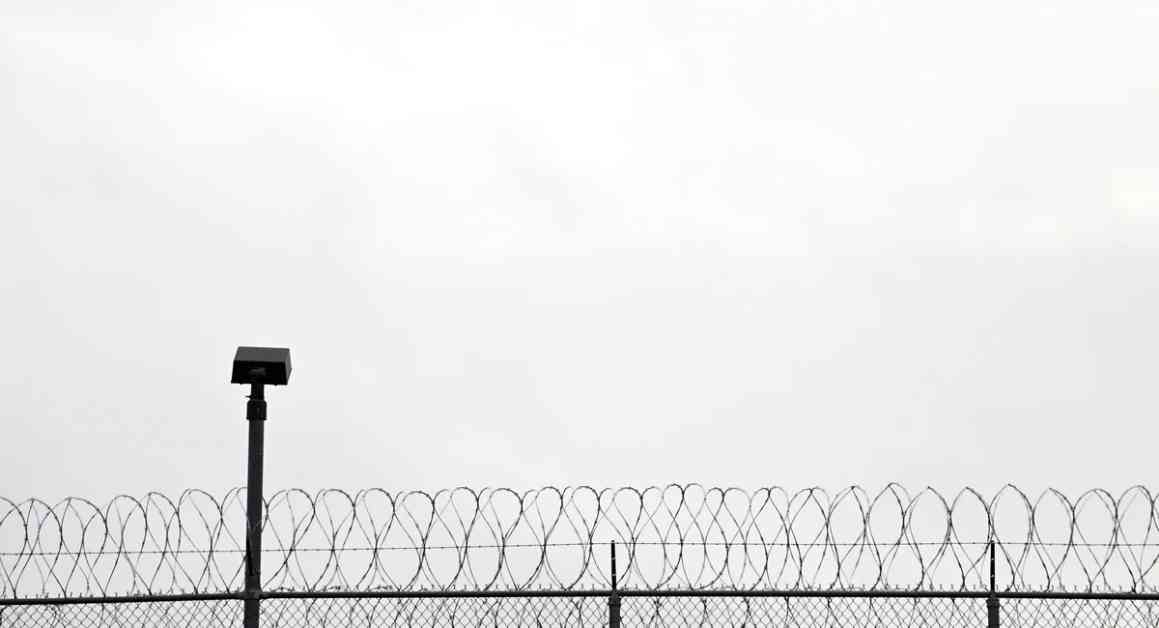Michael Vasquez, who was anticipating his release from prison after seven long years, found himself facing uncertainty as officers at the Woodbourne Correctional Facility staged a walkout, disrupting the operations of the facility. This wildcat strike, which is technically illegal under New York’s Taylor Law, was triggered by mounting concerns among corrections officers regarding escalating violence, chronic understaffing, and a state law that restricts the use of solitary confinement.
The demonstrations unfolded against the backdrop of statewide public outrage following the tragic death of Robert Brooks, a prisoner fatally beaten by staff at the Marcy Correctional Facility in December. As protests flared outside numerous state prisons, including Woodbourne, incarcerated individuals like Vasquez and Christian Palencia described the grim conditions they endured during the lockdown, which left them confined to their cells for 72 hours with limited access to proper food and amenities.
The situation escalated to the extent that Democratic Gov. Kathy Hochul deployed National Guard troops to restore order, suspending visitation rights and implementing strict measures across the state’s prison network. While the presence of the Guard brought a semblance of control, it was evident that tensions lingered as incarcerated individuals and protesting guards voiced their grievances from opposing perspectives.
Voices of the Incarcerated
During the tumultuous period of unrest, incarcerated individuals painted a harrowing picture of the deteriorating conditions within the prisons as a result of the walkouts. Vasquez and Palencia’s accounts shed light on the anxieties and hardships faced by prisoners caught in the crossfire of the standoff between corrections officers and the state. The lack of interaction between the Guard troops and prisoners only added to the sense of unease and unpredictability that pervaded the facilities.
In the absence of official responses from the Department of Corrections and Community Supervision, the personal testimonies of those directly impacted by the strikes underscored the human toll of the crisis. Palencia’s poignant reflection on the uncertainty that loomed over the inmates encapsulated the pervasive sense of instability that gripped the prison population.
Guarding Against Reform
Meanwhile, corrections officers and their allies outside the prison walls articulated their frustrations with the 2021 HALT Solitary law, which they contended hampered their ability to maintain order within the facilities. The contentious law, aimed at curbing the use of solitary confinement and upholding the rights of incarcerated individuals, became a flashpoint in the ongoing conflict between guards and state officials.
Assembly Minority Leader Will Barclay’s visit to the striking officers in Auburn provided a glimpse into the mounting tensions and deep-seated concerns that fueled the wildcat strike. The clash between proponents of prison reform and advocates for enhanced safety measures underscored the complex interplay of competing interests within the criminal justice system.
As the standoff persisted, calls for a resolution grew louder, with Hochul’s appointment of a labor mediator signaling a potential path towards negotiation and compromise. The delicate balance between upholding the rights of prisoners and ensuring the safety of both staff and inmates hung in the balance, casting a shadow of uncertainty over the future of New York’s prison system.
In the midst of the turmoil, the echoes of past injustices and ongoing struggles reverberated through the walls of the state’s correctional facilities, underscoring the urgent need for meaningful reform and transparent accountability. As incarcerated individuals like Vasquez grappled with the fallout of the strikes, their voices served as a stark reminder of the human cost of systemic failures and institutional inertia. The road ahead remained fraught with challenges and complexities, demanding a concerted effort to address the root causes of unrest and pave a path towards a more just and humane prison system.












